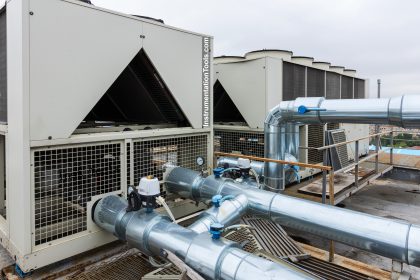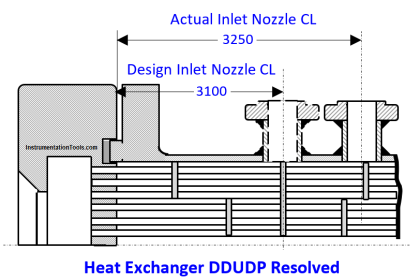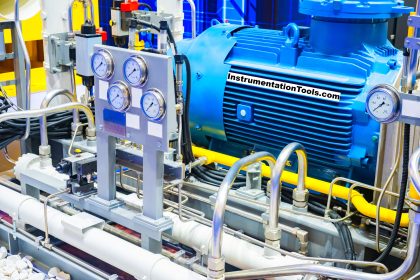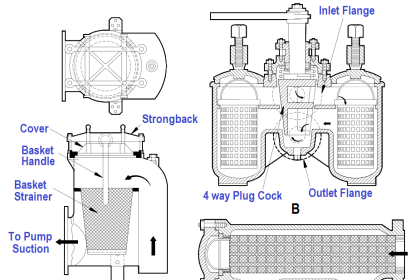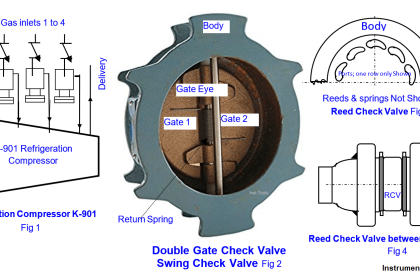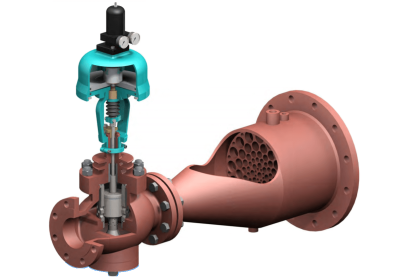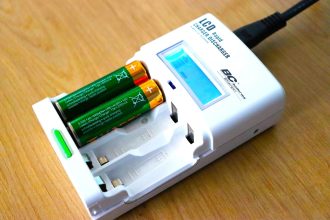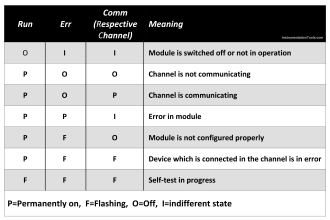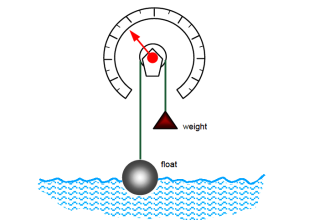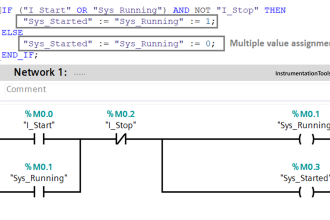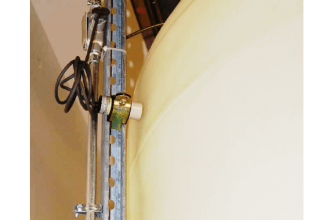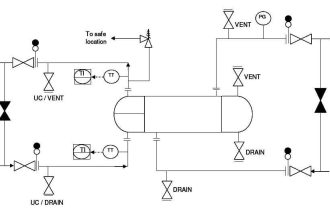Dosing pumps provide low volume, controllable discharge rates that are used to inject various chemicals, solutions of various viscosities.
Dosing pumps are also called metering pumps because they pump accurate volumetric rates of fluids.
Dosing pumps are usually made from plastic, thermoplastic, or stainless steel and provided with mounting holes or accessories such as suction, discharge tubes, and fittings.
Dosing pumps are generally attached with an electronic controller that enables the fluid flow to be monitored and adjusted easily.
Types of Dosing Pumps
Depending upon the design requirements, Dosing pumps can be operated based on the principle of dynamic pumps or positive displacement pumps.
Variable flow rates are produced by dynamic pumps, suitable for generating high flow rates with low viscosity fluids.
On the other hand, the positive displacement pumps produce a constant flow suited for producing high pressures (and low flow rates) with high viscosity fluids.
Most dosing pumps are positive displacement pumps, which provide steady, low flow for various types of viscous media.
Positive displacement pumps are of two types
- Reciprocating Pumps
- Rotary Pumps
Reciprocating Pump
Reciprocating pump work on repeated forward and reverse motion of Diaphragm, Piston, or plunger inside a chamber.
It makes the fluid move from suction to the discharge end.
Diaphragm Pump
It utilizes a flexible diaphragm membrane. By expanding the diaphragm, the volume in the chamber increases. The increased volume draws the fluid into the pump.
By compressing the diaphragm, the fluid is pushed out of the pump.
Non-return valves are installed at suction and discharge of the pump.
- As the diaphragm pumps are hermetically sealed, suitable for hazardous fluid pumping.
- They can be used for dosing non-homogeneous liquids.
- No leakage can be found during operation.
- The worn out parts can be replaced easily.
- Self-priming.
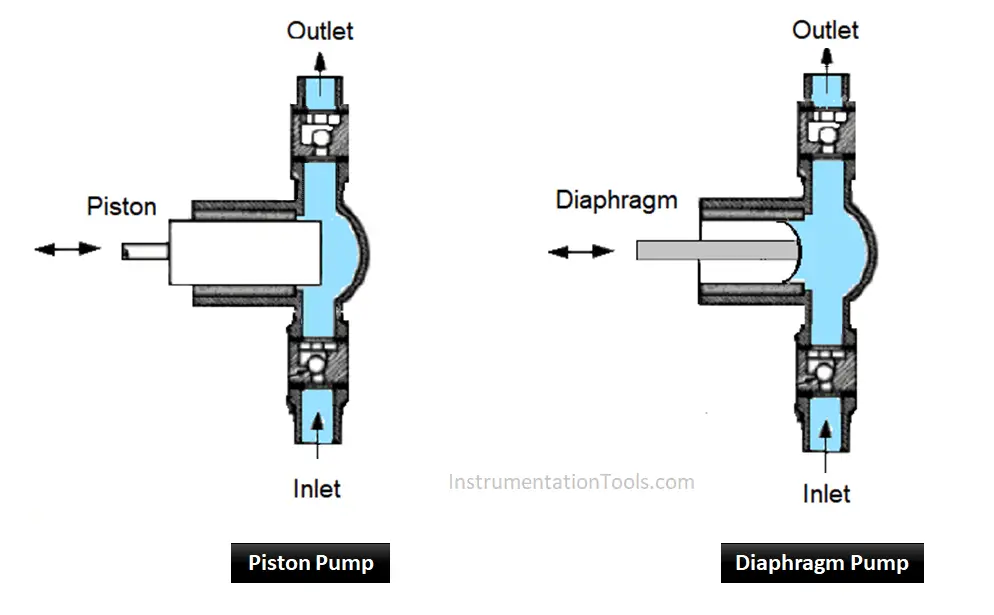
Piston or Plunger Pump
By moving the plunger or piston creates a vacuum in the chamber, which draws the fluid into the chamber.
Forward movement of the piston compresses the fluid and pumped out.
- They are used to deliver high pressure.
- They require a check valve and produce pulsating flows that can be dampened.
- The volume discharged is almost pressure independent.
- They are self-priming.
Rotary Pump
This kind of pump provides a continuous flow of solution, chemical dosing. They are Peristaltic, Vane, Lobe, Gear, and Screw pumps.
The PLC systems or independent controllers are used to provide proportional and integral action in dosing control.
Vane Pump
The Vane pump consists of a cylindrical chamber in which the vane rotates and dosing of high viscosity fluids against the short head.
Lobe Pump
Used for dosing liquids having a higher viscosity than water. Pumping action is generated by rotating so-called lobes, which are of two, three, and four-lobe configurations.
Screw Pump
The function of gear, screw, and lobe pumps are similar.
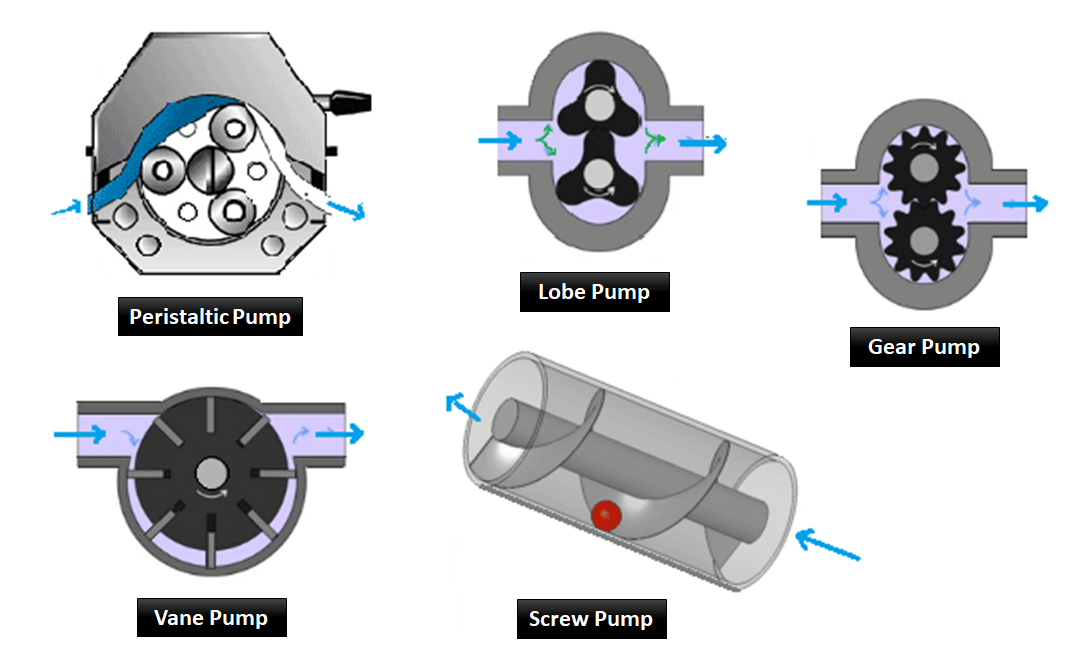
Gear Pump
In this kind of dosing pump, two gears rotate in the counter-clockwise direction. Forwards the fluid that enters between the gear teeth, provides pulse-free dosing.
Gear positive displacement pumps are selected in applications where accurate dosing, or high pressure output is required. It helps in simple transfer of viscous liquids, with higher pressure. They pump constant amount of fluid for each rotation.
Peristaltic Pump
Peristaltic pumps consist of flexible rubber or plastic, friction-resistant tubes. They are often used for dosing pumps because the volumetric flow is proportional to the rotational speed and independent of discharge pressure.
Peristaltic pumps operate by rotating a roller across a hose thereby pushing liquid through the pump.
They are very accurate.
They can handle extremely small flows.
They are self-priming, requires no check valves.
Useful for low pressure applications.
Installation of Dosing Pump
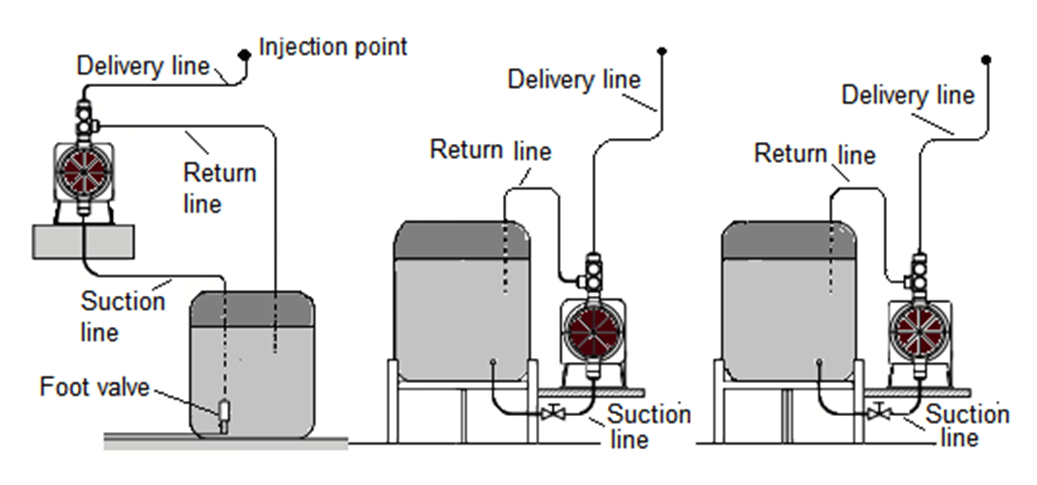
Materials: The base materials of a dosing pump is essential to consider, as it affects the type of media that can be carried out effectively.
Dosing System fluids of different nature may be abrasive, acidic, caustic, very hot, very cold, or otherwise hazardous. Base materials such as plastic, cast iron, and stainless steel own different advantages for handling these various characteristics.
Parts of Chemical Dosing System
The basic parts of a chemical dosing system are as follows.
- Chemical container or tank
- Pump
- Injector
- Foot valve
- Dosing line
- Control system
Dos and Don’ts
As dosing pumps deal with hazardous chemicals, with high temperature and pressure following precautions need to be taken.
- Wear PPE such as protective clothing, glove, and safety glasses when working near chemical dosing pumps.
- When pumping chemicals ensure that all tubes are securely attached to the fitting.
- Tubing is taken care of with proper protection or provides shielding to avoid possible injury in case of rupture or accidental damage.
- Avoid using hand tools such as pipe wrenches or pliers on plastic parts and connectors. The best tightened an open-end wrench.
- Avoid overtightening the plastic parts as this could cause damage to the threads.
- If a hose is used, it should be securely fastened to walls, columns, braces, etc. Make sure and confirm that the hose connection will remain tight and leak-free.
- The direction of chemical flow is indicated by an arrow on the pump, suction and discharge connections are done accordingly.
Advantages
Dosing pumps are
- Reliable metering
- Easy to maintain
- Able to accommodate dry running
- Can work with corrosive, abrasive, viscous fluids which make them utilize for a wide range of industries.
- They can be used in high-temperature, high-pressure applications to inject chemicals.
Applications
It is used for pH neutralization in various industries such as
- In power plants for feed water, condensate.
- Effluent treatment plants in Chlor-alkali, paper mills, and pharmaceutical industries.
- Desalination and water treatment plants for pH control.
Reference: Pumping Manual by Ronald Horace Warring.
If you liked this article, then please subscribe to our YouTube Channel for Instrumentation, Electrical, PLC, and SCADA video tutorials.
You can also follow us on Facebook and Twitter to receive daily updates.
Read Next:
